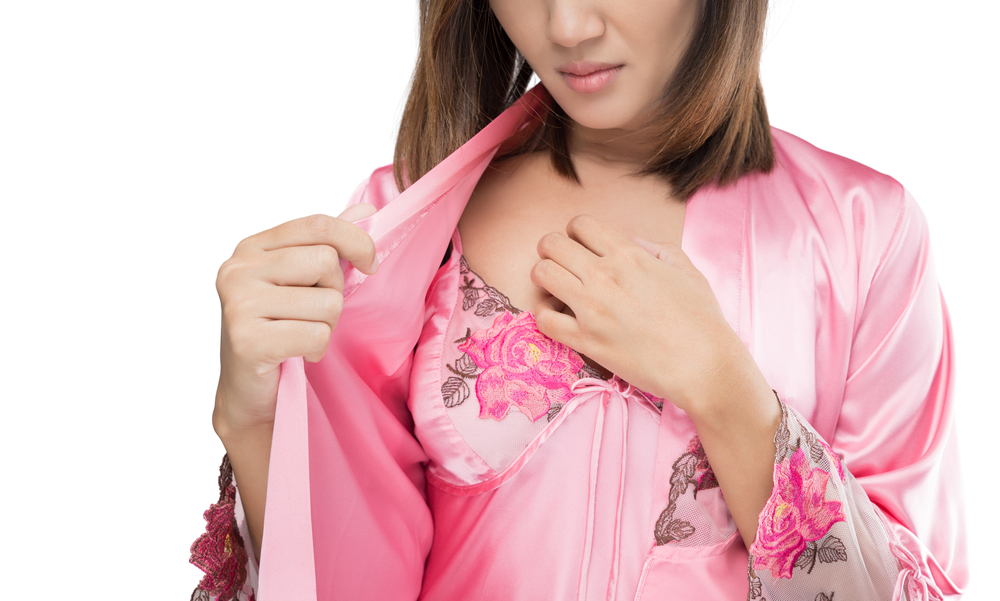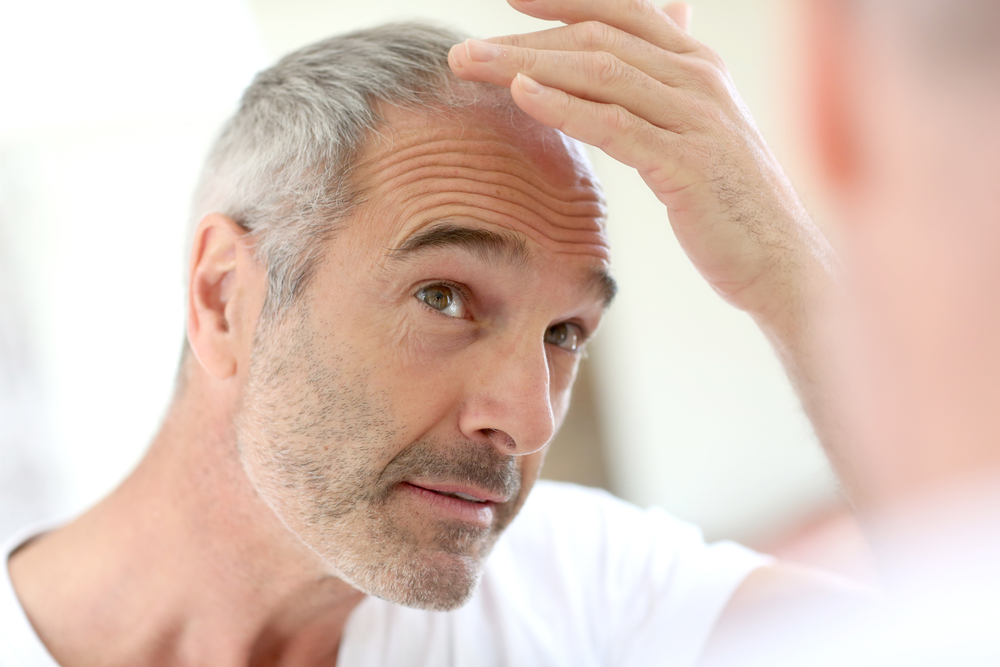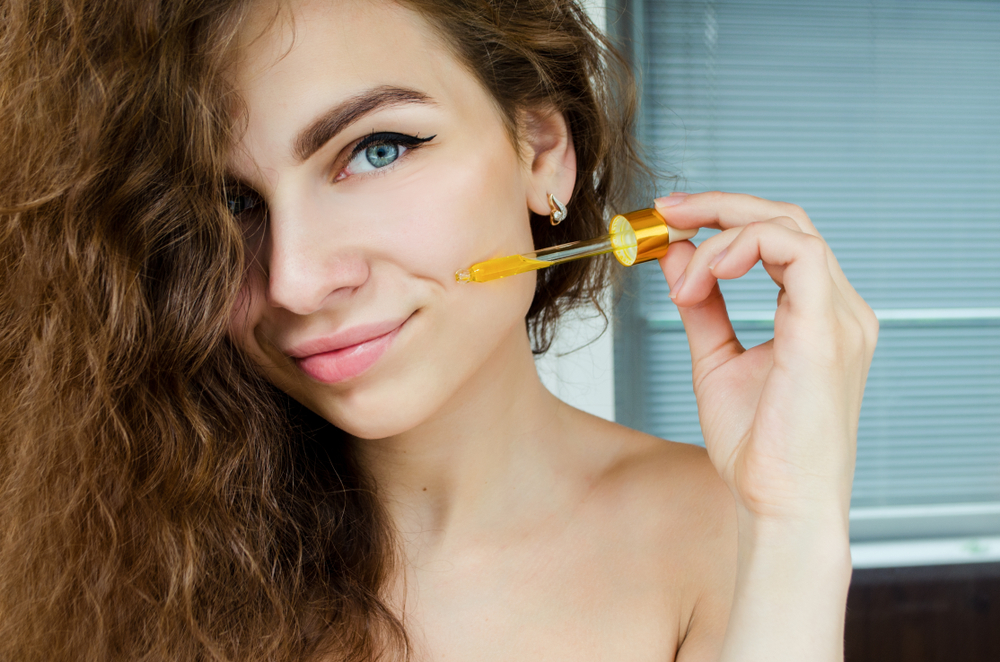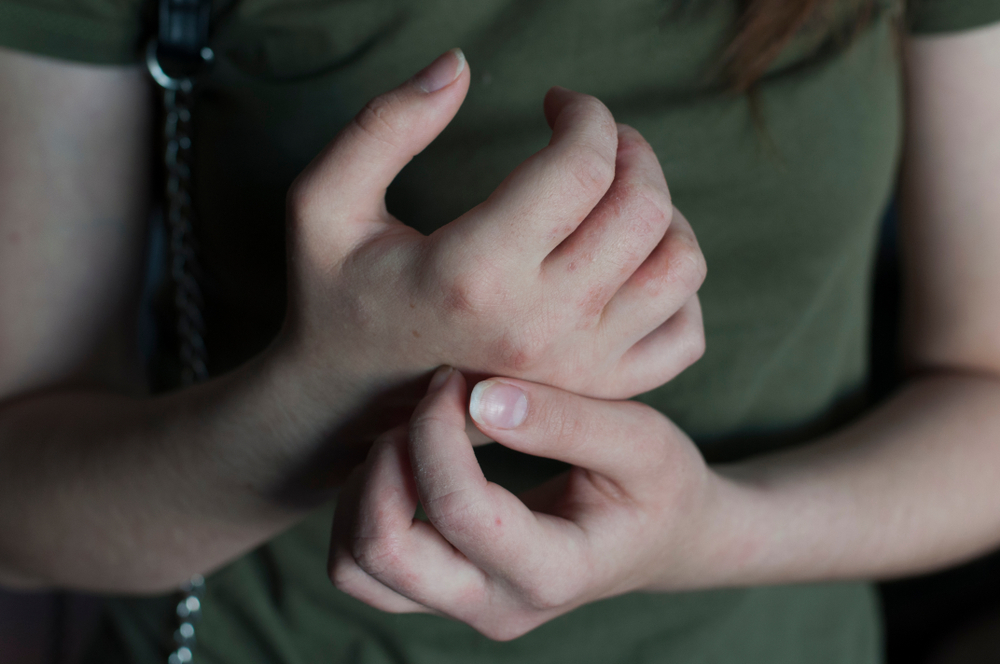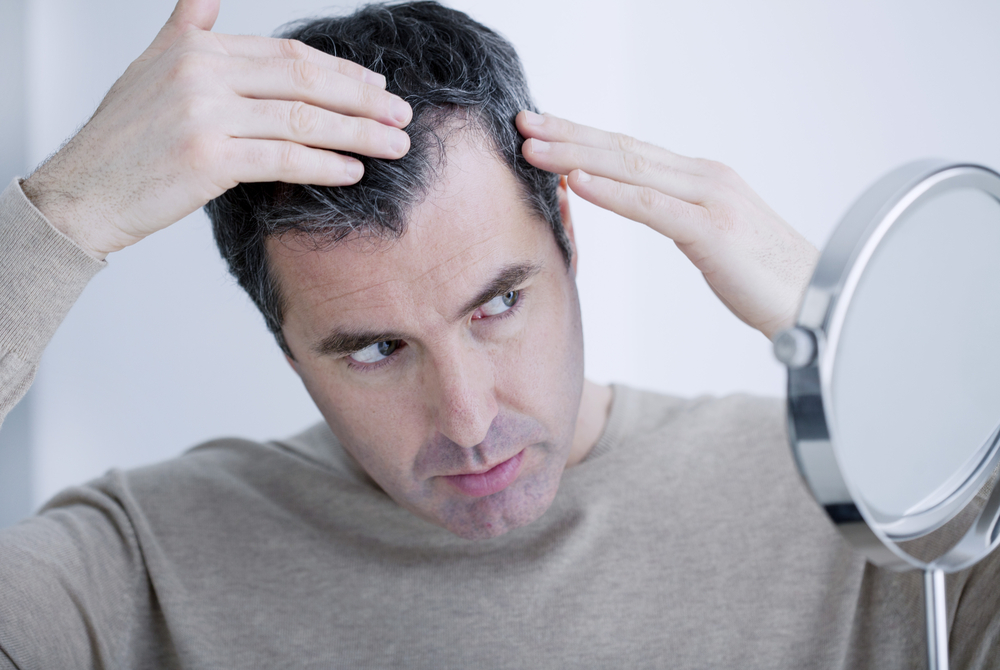- Heat rash is common in infants, but adults can get it as well.
- Most cases of heat rash resolve on their own.
- To heal more quickly, it’s important to allow yourself time to cool down and stop sweating.
- In some cases, heat rash may require medical attention.
Heat rash, also known as miliaria, is a relatively common skin condition in which the skin develops clusters of tiny blisters surrounded by red skin.
It can be very itchy, hence the name “prickly heat,” but it’s generally not dangerous.
If you suspect that you or your infant have heat rash, this article should give you some insight into what to do and whether or not you should seek medical attention.
What causes heat rash?
Heat rash develops when sweat glands become clogged with excess sweat, making them unable to perspire. It’s most common in babies, as their sweat glands are still immature and more susceptible to blockage.
Adults can also experience heat rash in conditions of excessive sweating. An intense workout, overdressing, saunas, hot tubs, and warm, humid environments can all increase the risk of getting heat rash. The blisters more commonly appear in skin folds and in areas where there is a lot of friction with clothes.
“People with oily skin and those who sweat excessively are more prone to heat rash for the simple reason that sweating excessively can block the sweat glands ducts,” says Dr. Ali Anari, founder at RoyalBlueMD Medical Center.
Preventing heat rash
Following these basic tips can reduce your risk of developing heat rash:
- Avoid dressing too warmly for the weather, particularly in summer.
- According to Dr. Anari, parents tend to overdress and over-swaddle babies and newborns, which can cause heat rash. The previous tip applies to them as well.
- When possible, stick to breathable, sweat-absorbing fabrics like lightweight cotton.
- Avoid polyester and other heavy, heat-trapping fabrics.
- Avoid skinny denim jeans in summer. In addition to being uncomfortable, the heavy fabric increases friction and sweating.
- When it’s hot outside, remain indoors. If you have to go out, avoid physical activity.
- Keep your living and sleeping areas cool. Use air conditioning or a fan to circulate the air.
- Take frequent cool showers in the summer, particularly after heavy physical activity.
Home remedies and treatments
If you have already developed heat rash, it will usually go away on its own. There are some things you can do to help clear it up more quickly:
- Reduce sweating by following the tips outlined above.
- Keep the affected area dry.
- Even though the blisters may be itchy, avoid scratching them as this may cause an infection.
- Drink plenty of water.
- Take cool baths, and air-dry or gently pat your skin dry with a soft towel.
- Use mild soap only, and avoid aggressive scrubbing.
- Apply an ice pack to the irritated area, but be sure not to keep it on for more than 20 minutes.
Calamine lotion
Calamine lotion treats mild itching. It’s a mixture of zinc oxide and other ingredients that have antipruritic and antibacterial properties. You can buy it over the counter for about $8 per 6 fl oz container.
Some people may experience increased irritation after using calamine lotion. If this happens, stop using it and consult your doctor.
Anhydrous lanolin
Lanolin cream is a mild moisturizer that can also be used to soothe and protect damaged skin. It works by forming a protective layer that reduces water loss through the skin.
You can buy lanolin-based creams over the counter at most pharmacies. Expect to pay between $5 and $15 per container, depending on the brand and size.
Powders
Though talcum and baby powders can keep the skin dry, using them to treat heat rash has not proven to be effective.
There is not enough evidence to suggest that they actually improve the condition, so it’s better to avoid them.
Other home remedies
Some people recommend alternatives like olive oil, chamomile oil, and aloe vera as possible treatments for heat rash.
However, it’s advisable to avoid heavy creams and ointments, including Vaseline, as they too may block sweat glands and exacerbate heat rash.
“These things may have an immediate ‘good feeling,’ but they would exacerbate the situation by blocking sweat glands further. The best way is a cool shower to remove sweat then to continue keeping the area cool,” says Dr. Anari.
When to see a doctor
Most cases of heat rash go away on their own and do not require a doctor’s help. In some cases, however, medical attention may be necessary.
If you’re not certain that what you’re experiencing is heat rash, consult a doctor.
“There are other rashes that resemble heat rash. You should consult your medical provider to ensure that what you or your infant and children have is in fact heat rash and get proper guidance to resolve it,” says Dr. Anari.
Also be aware that prickly heat lesions may become infected. Be on the lookout for the following signs and immediately seek medical attention if you notice any of them:
- Fever or chills
- Pus coming out of the blisters
- Increasing pain, redness, warmth, or swelling at the affected area
- Nausea or vomiting
- Swollen lymph nodes in the neck, groin, or armpits
If despite having followed the above suggestions the rash does not improve after three or four days, have a doctor take a look at it.
» Learn more about other summer rashes that can be irritating your skin, including sea lice rash and swimming rash
Possible complications
While most cases of heat rash won’t cause lasting damage, there are exceptions.
Complications are more likely to occur when those with heat rash don’t take steps to reduce sweating and allow the body to cool down and heal.
Infections
Heat rash is itchy, so it can be tempting to scratch the affected area, perhaps inadvertently injuring the skin and introducing bacteria into that wound. This can lead to skin infections like cellulitis, which can be dangerous if not treated.
Miliaria profunda
Repeated episodes of miliaria rubra, the common type of heat rash, can end up blocking sweat ducts at a deeper level under the skin, resulting in miliaria profunda. This can rupture the ducts and allow sweat to escape under the skin, resulting in firm, raised papules up to 4 mm in diameter.
Severe or recurrent forms of miliaria profunda can destroy a large enough number of sweat glands and upset the body’s mechanism for regulating heat. Though rare, the unfortunate consequences of this disruption may include heat exhaustion and cardiovascular collapse.
Medical treatments for heat rash
There are no medical treatments that specifically target and resolve the root cause of miliaria, the blocked ducts. There are, however, supportive treatments that your doctor may prescribe to reduce discomfort and help the body to resolve the problem more quickly.
While some of these medications can be acquired over the counter, they should only be used under doctor supervision.
Topical steroids
Steroids are anti-inflammatory agents that can be useful in some cases of resistant heat rash, as inflammation is a component.
Topical steroids like hydrocortisone can improve itching and calm inflammation. Beware that side effects of topical steroids may include damage to the skin in the form of thinning, blistering, bruising, and irritation of the skin.
You can buy topical hydrocortisone 1% over the counter for as little as 10$ for generic brands. In severe cases, your doctor may prescribe hydrocortisone 2.5%.
Antihistamines
The pruritus (itching) associated with heat rash may improve by taking an oral antihistamine like diphenhydramine (Benadryl). While this will not facilitate healing, it may make you more comfortable and take away the urge to scratch.
Antihistamines like Benadryl are available over the counter for as little as $5.
Antibiotics
Some cases of heat rash may become infected. In these cases, your doctor may prescribe antibiotics to kill the bacteria and clear the infection.
Isotretinoin
Isotretinoin is a derivative of vitamin A and is commonly used to treat skin conditions, particularly acne.
Medical literature suggests that miliaria profunda may improve through treatment with oral isotretinoin, but there is not enough evidence to make this a standard therapeutic option.
» For more information on heat rash treatments, meet our medical review team.





